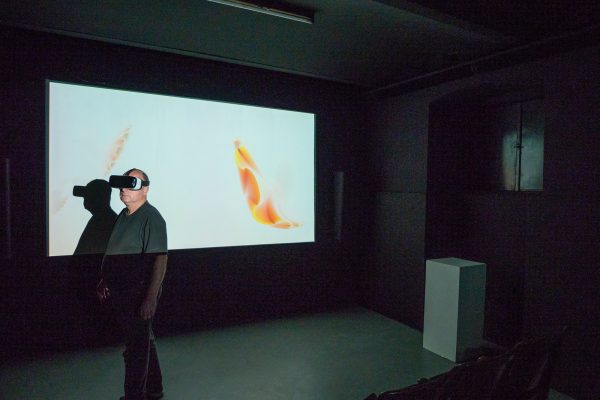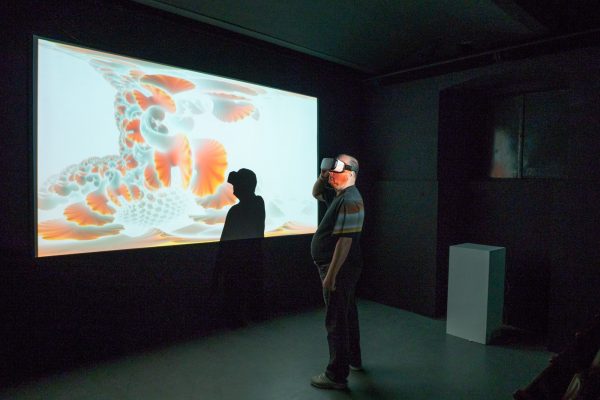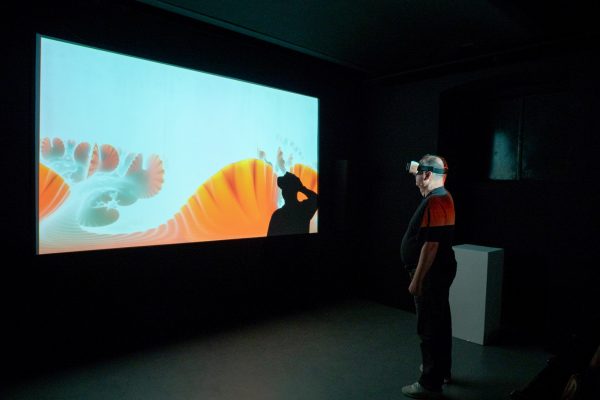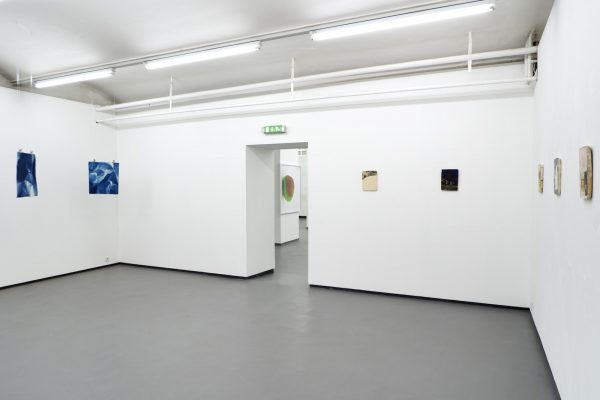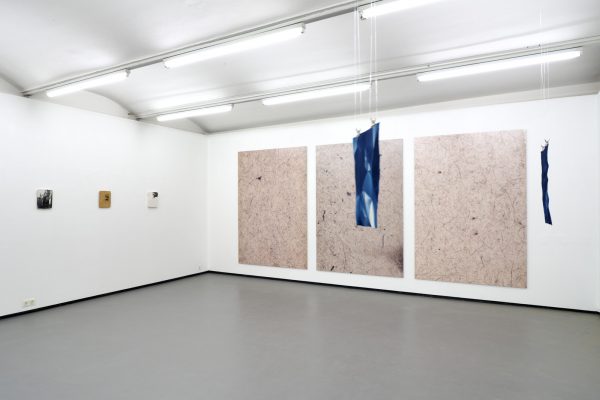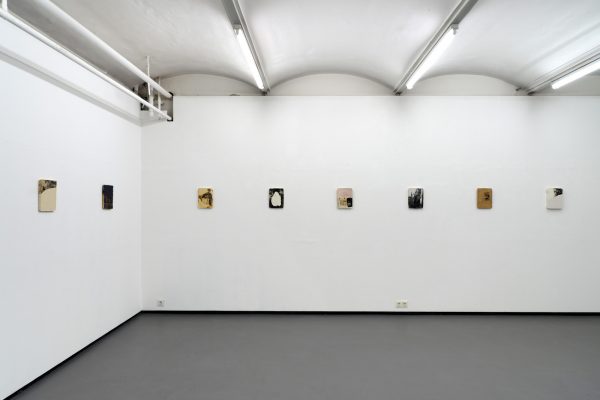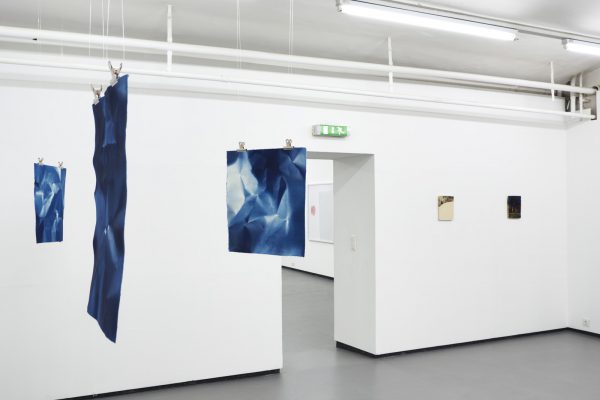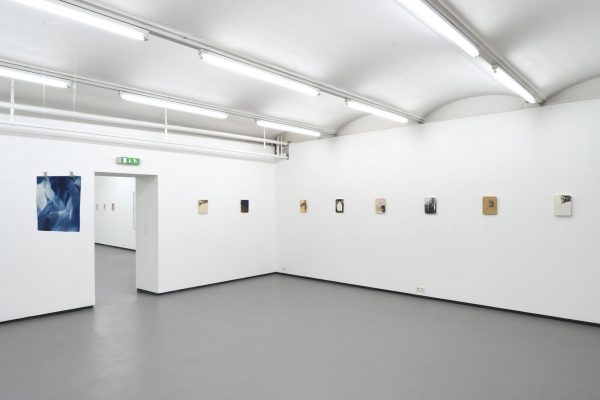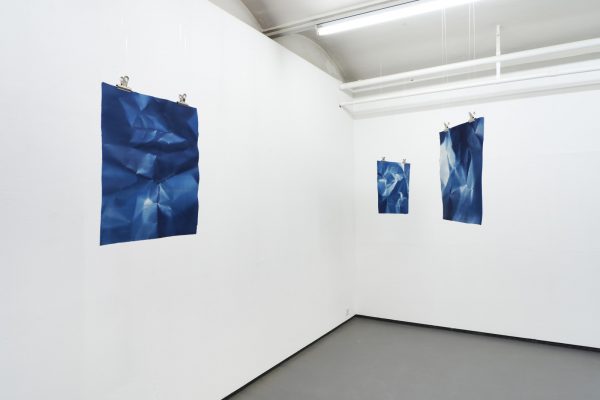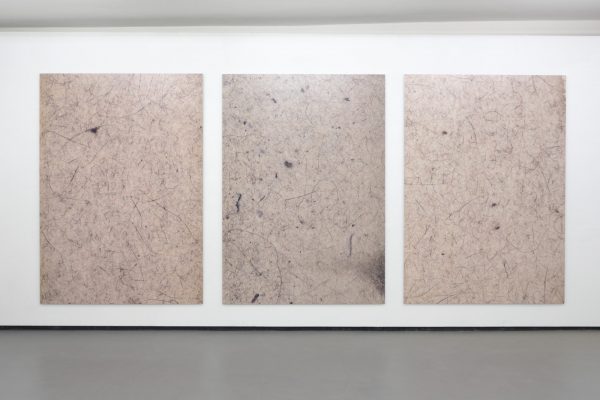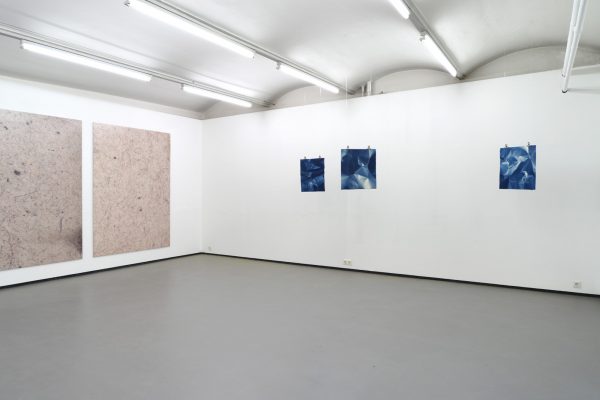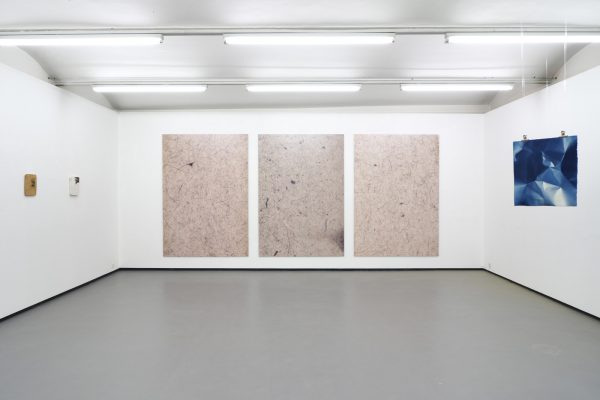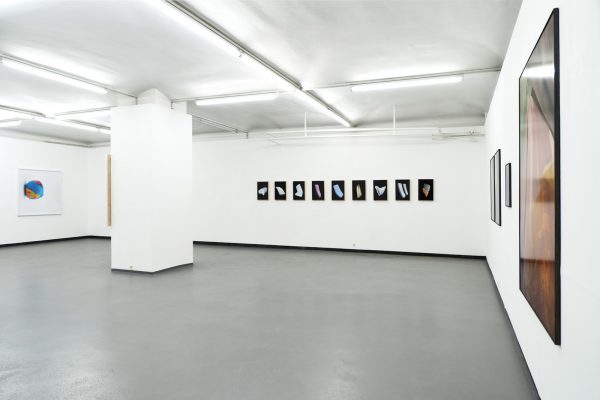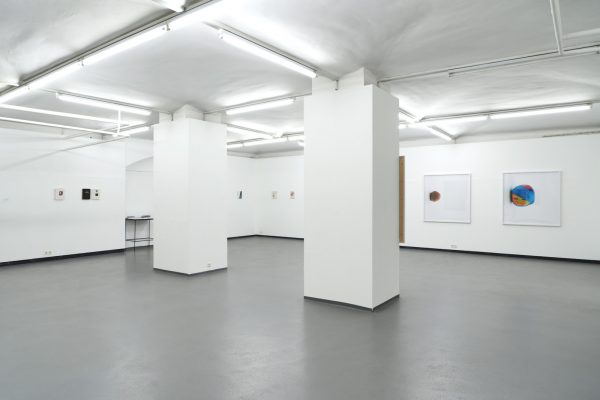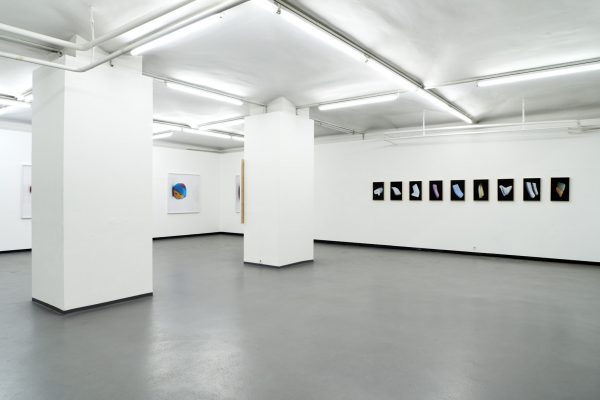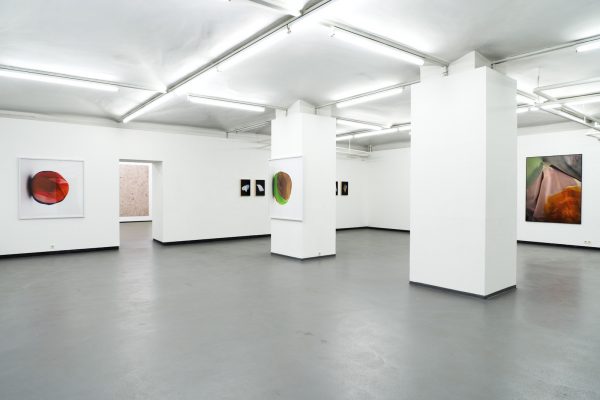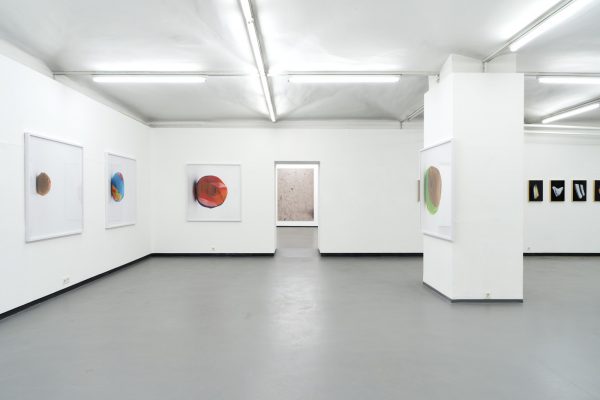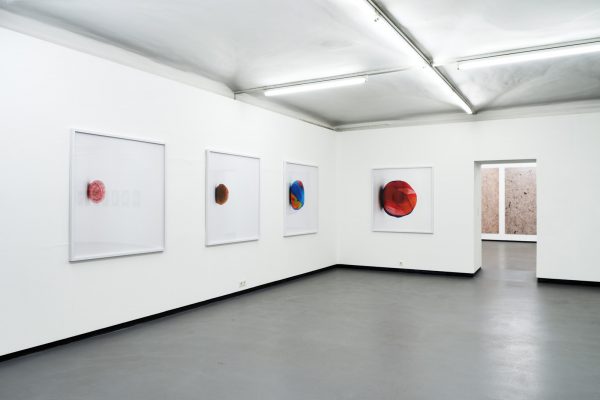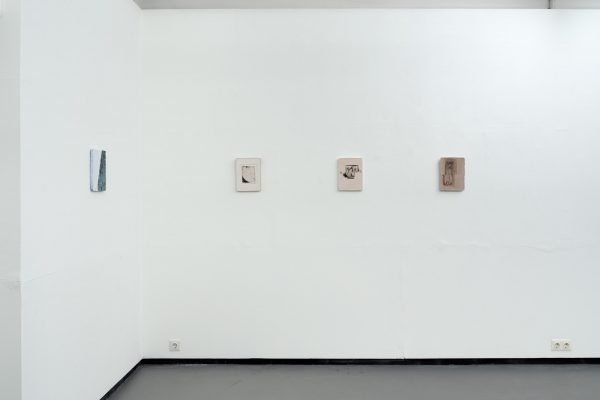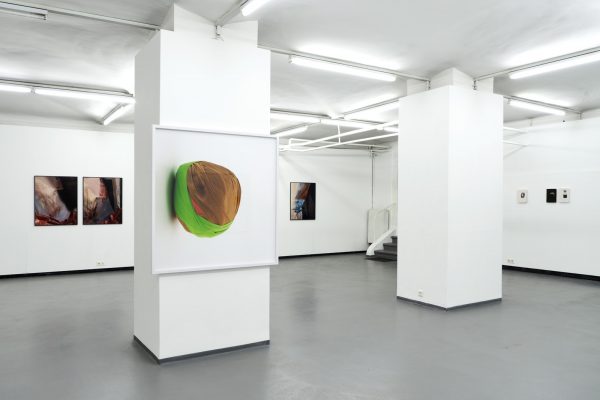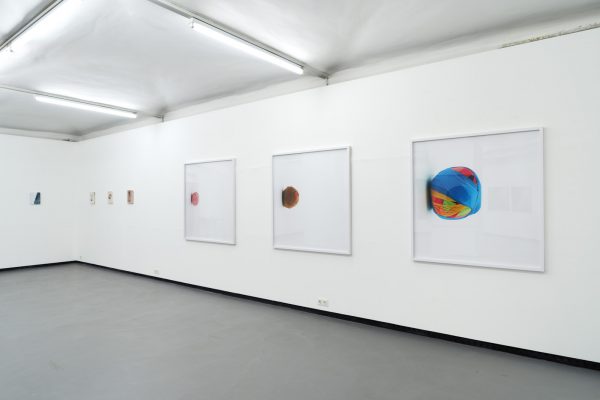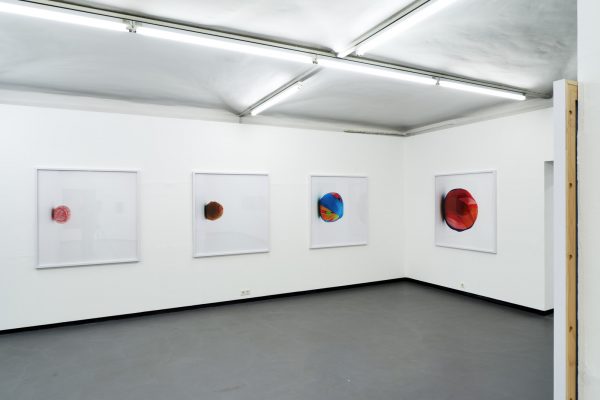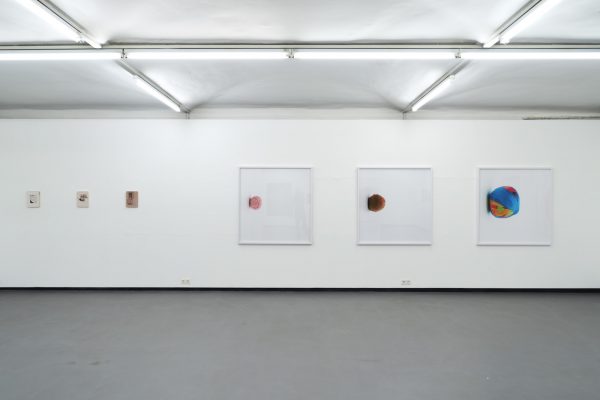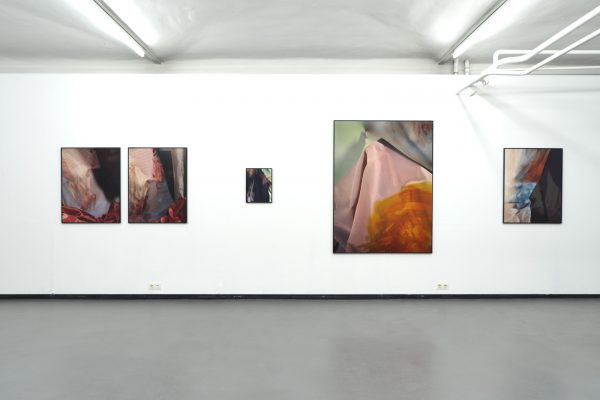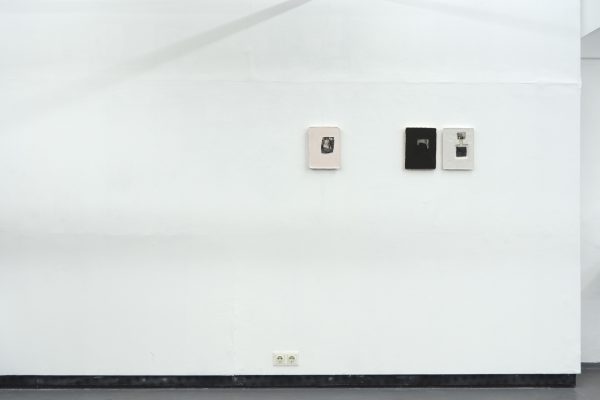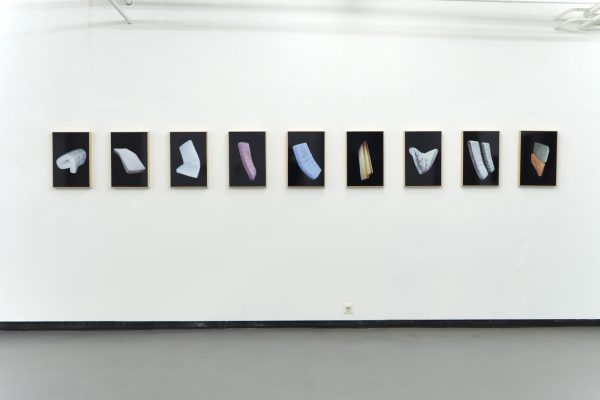Opening: Wednesday, 24 April, 7 p.m.
Introduction: Petra Noll-Hammerstiel
sponsored by: BKA Österreich; MA7-Kultur; Cyberlab
The exhibiting artists’ works are defined by a concern with transformational processes relating to the dissolution, abstraction or mutation of form so as to elicit new formal principles. The “absent form” is often a physical body the presence of which is only in evidence in traces, impressions or fragments and it is from these that pictures are created that display minimalist sculptural qualities. The artists act in regions situated between the tangible and the intangible, surface area and three dimensional space, within and without, positive and negative. Alongside the occupation with form and its absence, the transformations are based on an engagement with the existence, whose characteristics and motive power are volatility and the continuous change, as well as on social, artistic and (not least) photographic processes.
Judith Huemer is presenting the work-in-progress photo series, wornout. Right from the beginning textile works have been crucially important in her oeuvre that is strongly influenced by feminism. For this series she made a ball of coloured stockings and tights she had worn and discarded over the years, photographically recording its continuous growth at different points in its transformation. This is not only an investigation of sculptural form in a two-dimensional image and painterly aspects but also of the passing of (a life) time. “Like the annual rings of a tree, layer is placed upon layer, preserving the previous ones, similar to experience settling into and influencing a personality” (Nina Schedlmayer). The artist’s body is absent; the impressions of her actual feet only perceptible in a few places. Nevertheless, every part of the ball of stockings embodies something of her life and her identity.
With the works from his large format series of digital prints, Rien-Larache, Hermes Payrhuber pushes against the limits of existence. The prints show the greatly enlarged surface of the adhesive paper of a lint roller with hairs, tiny coloured threads, skin and dust particles as well as other microscopic residues. By materialising this “superfluous”, ephemeral waste matter from cleaning clothes, Payrhuber makes a direct reference to the existence (or absence) of the human being. He proceeds like a forensic investigator but also with a considerable amount of irony in relation to the formal methodology. His photographic transformation on a macro-level of the residues, which are not immediately visible to the naked eye, stimulates subconscious emotions. The abstract and expressive images open up a world between aesthetics/sensuousness and disgust, life and ephemerality, presence and absence. “A photograph,” says Payrhuber, “can show us what our eyes cannot see (. . .) can create an event and impose meaning (. . .). It can seduce or repel.”
In the photo series, Ochre, Canvas, Focus, Loop Elizaveta Podgornaia is concerned with the photographic process in connection with other mediums. With objects, fabrics and colour she creates new constructions and spaces that are transposed into two dimensions. Accordingly, she is first a sculptor who makes constructions, then a painter who applies colour and finally a photographer who sets the lighting and determines the selection, framing and size of the photographs. The photographs do not undergo postproduction digital manipulation. Her way of working mutates form, transforming real, everyday materials from which abstract, aesthetic compositions are created. The materiality or the structures of the fabric and the paint she applies to them are visible, though the picture itself cannot be unequivocally assigned. Podgornaia engages with human perception in a world flooded by images and examines the relationship between reality and the photographic image.
Hessam Samavatian is showing plasterboard panels which have a layer of photo emlsion and have been exposed according to a process he personally developed. They are also partially painted. As for the subject matter of the panels – photos owned by his grandfather – he is concerned with issues of his biography but is also strongly engaged with form and negative form, presence and absence and the transformation of material from one state into another. Photo boxes served as the negative form for the plasterboard panels. For Samavatian, the interesting thing about plaster, one of the most popular materials for casts and moulds, is the inherent paradox of states: initially plaster is smooth and pliable but after it has hardened it becomes fragile and brittle. Hessam Samavatian employs both these characteristics as an appropriate support for his autobiographical chronicle. He sees parallels with photographic prints which can record concrete experiences and compares the fragility of the material to the development of life which is equally marked by lines of continuity and fractures.
In his work Ozan Turkkan concentrates on experimental media and digital art with a focus on virtual reality experiences and interactive art. He considers moving images and movement as the mirror of the impermanence of existence. In the gallery cinema he is showing the virtual reality installation, Animum Fractum, that was made with generative 3D fractal images using neuronal data. Fractal is a term invented by the mathematician Benoît Mandelbrot (1975) and defines certain natural or artificial forms or geometric patterns. Put simply, a fractal is a geometric form in which all parts replicate the same pattern. This means that the closer one comes to the figure, the more one sees the repetitions of the same figure. The figure resembles itself and repeats itself to infinity. In the installation the viewer is subjected to this phenomenon. The 3D animation places him/her in the middle of events but it is nevertheless external to them.
Sophia Uckmann’s group of works, Cyanotypes, consists of unique, folded cyanotypes which are presented as objects. Although cyanotypes are normally coated and exposed on one side only, Uckmann sensitises both sides of the substrate and is therefore in the position of being able to make three-dimensional photographs that enclose their whole surroundings. In the case of the cyanotypes she works with the paper after it has been sensitised and forms it into an object. By developing it in sunlight the substrate material becomes a substantive part of the image and an inscribed object itself. Uckmann is concerned with interrogating the photographic material and with the essence of photography. She generates a new image from the material-based abstraction she undertakes, a specific form that references the process of production. If one understands abstraction as the concentration on what is essential, then light, light-sensitive paper and time become the possible parameters of artistic action.
Since 2012, Patrick Winkler has been involved with his ever growing photo series, Documentary of a well-known object becoming a sculpture in which, on the basis of his concern with form and non-form, he composes and decomposes spatial concepts. The depicted object at the centre of his photos was found in public space, having been discarded or used as a temporary sleeping place. Following diverse transformational interventions – the manipulation of its visible edges, for example – it develops into an abstract sculptural form. The real background of the photographs has been transformed into a black space – a non-space outside of our perceptions of perspective. The work can be understood as the documentation of a plastic process that results in a new spatial structure. Traces left on the surface of the object are references to the absence of a body and allow associations with a social background. Becoming an image also frees the object of its substantive character enabling it to emerge as a sculpture.
Petra Noll-Hammerstiel, for the collective
